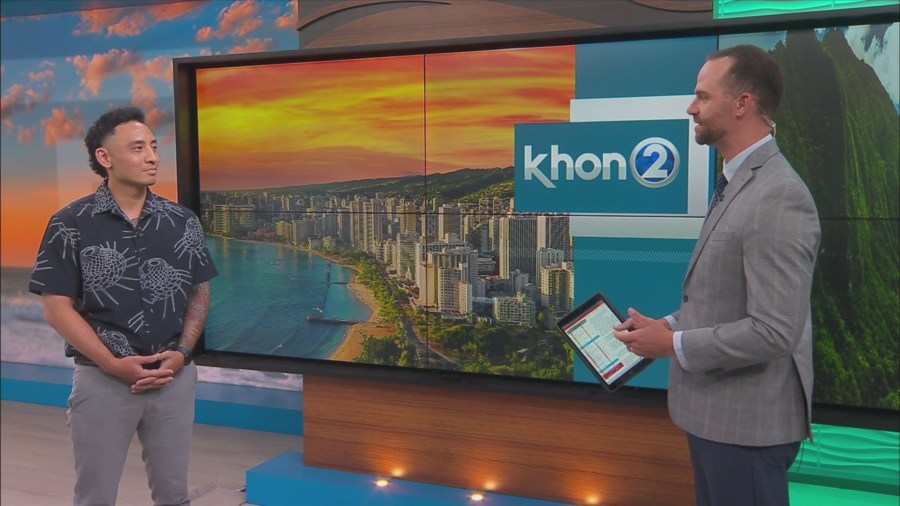HONOLULU (KHON2) — July comes in the middle of hurricane and increasingly dangerous wildfire season in the islands. As we approach the anniversary of the Maui wildfires, KHON2 took a look at how you can prepare your finances for an emergency.
“Having an emergency fund is crucial because it gives you peace of mind when the unexpected happens—whether it’s a job loss, medical emergency, or a natural disaster like a hurricane,” said Matt Nakamoto, Central Pacific Bank’s branch manager at their Kapiolani location. “Having that financial safety net prevents added stress to an already difficult situation. When a hurricane strikes, you might need funds for evacuation, temporary housing, repairs, or even just the basics if stores are closed. An emergency fund allows you to focus on your family’s safety and recovery, not how to pay for it.”
As far as how much money to save, he said three to six months’ worth of living expenses.
“Everyone’s situation is different, so even saving $1,000 can make a big difference in an emergency. If money is tight, try setting aside a little each paycheck, even if it’s just $10 or $20. Those small amounts add up over time.”
It can be hard for many people to save, especially in Hawaii with the extraordinarily high cost of living. There are still ways to create savings.
“One great tip is to make saving automatic,” Nakamoto said. “A recurring transfer from your checking to your savings account each payday, so you don’t even have to think about it. Another idea is to try a savings challenge, like saving $1 the first week, $2 the second week,
and so on—by the end of the year, you’ll have saved over $1,000! You can also cook more meals at home, and review your recurring charges to cancel anything you don’t use. Reviewing all your subscriptions is a great place to start. You could find things you didn’t know you were still paying for. Use those savings as your emergency fund deposits every month.”
Another way to save is to reduce how much you spend on temptations. Nakamoto suggests implementing some shopping speed bumps.
“Delete saved payment information from online stores, unsubscribe from retailer emails, and practice a “purchase pause”—wait a few days before buying nonessential items. On essential items look for sales and consider buying less expensive generic brands to help save. Creating a budget and tracking your spending can also help. Use a budgeting app or a simple spreadsheet, and review your expenses regularly.”
Check out more news from around Hawaii
He adds that a clear savings goal can help get you started.
“Track your income and expenses for a month to see where your money goes—this helps you spot areas to cut back. Then, create a realistic budget that includes regular savings contributions. Schedule regular check-ins with yourself or a trusted family member to review your progress. And remember, it’s okay to adjust your budget as your needs change. The key is consistency—small, regular steps add up to big results over time.”
